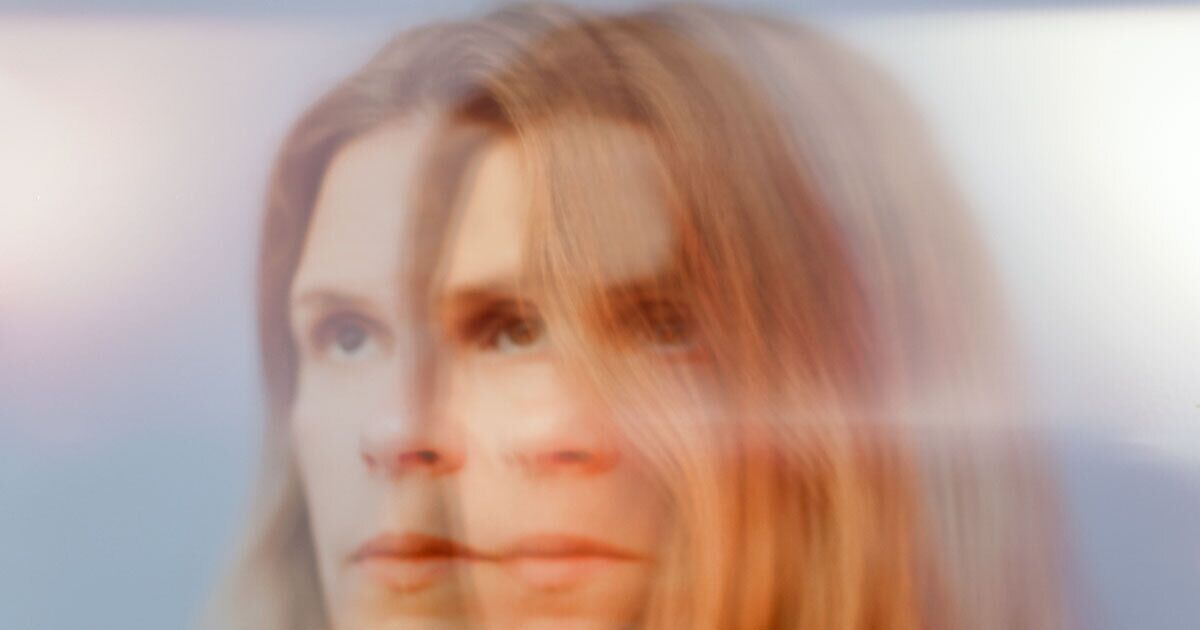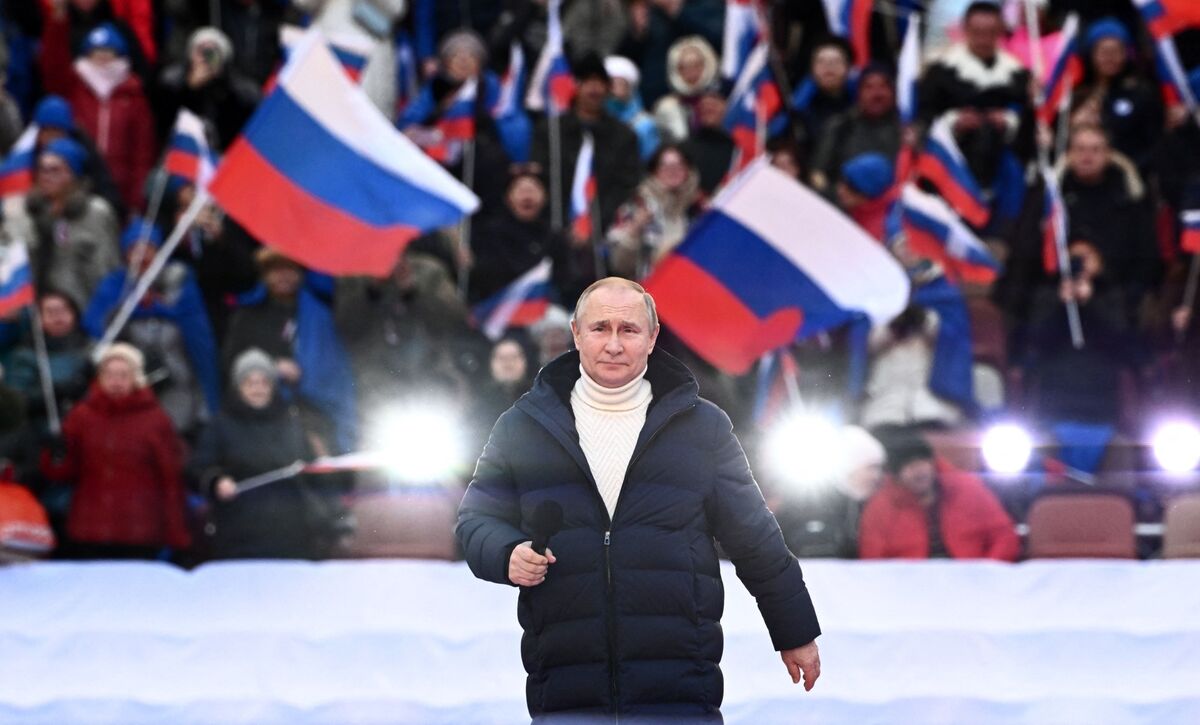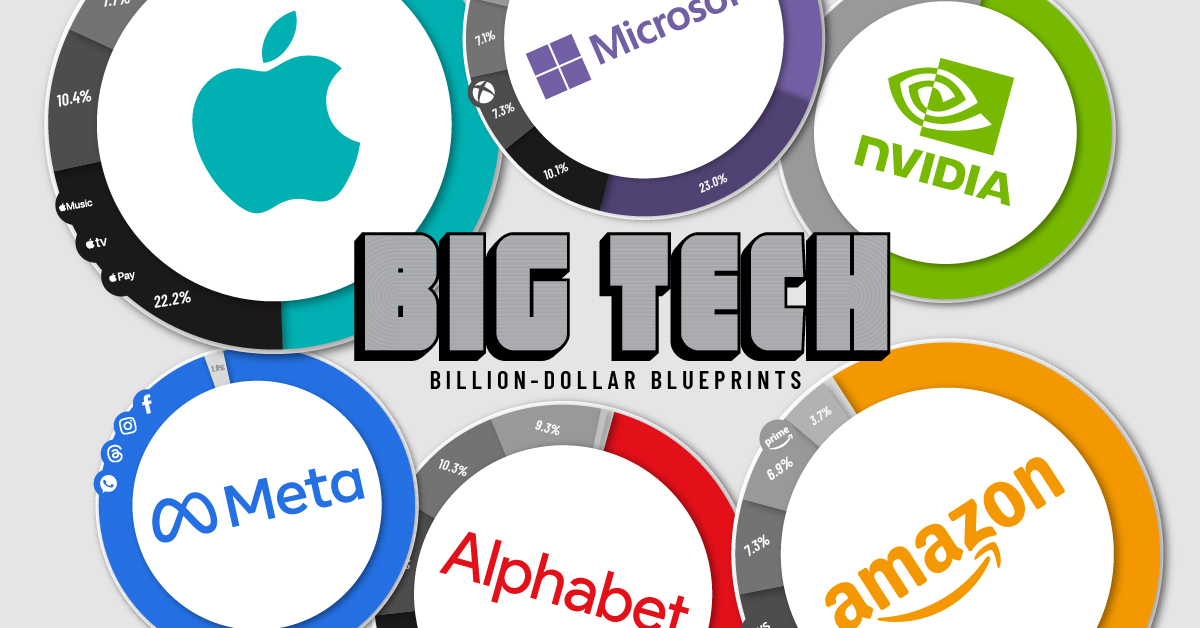- Arvind's Newsletter
- Posts
- Arvind's Newsletter
Arvind's Newsletter
Issue No #1008
1.Narendra Modi responds to assassination claims, reported Financial Times.
Narendra Modi has for the first time responded to allegations of an Indian assassination plot in the US, saying he will “look into” any evidence but a “few incidents” would not derail US-India ties.
In an interview with the Financial Times, India’s prime minister sought to play down the diplomatic impact of a US indictment last month that claimed an Indian official directed the attempted murder of a Sikh separatist on American soil.
“If someone gives us any information, we would definitely look into it,” Modi said. “If a citizen of ours has done anything good or bad, we are ready to look into it. Our commitment is to the rule of law.”
India in 2020 designated Pannun as a terrorist, which he denies. It has also repeatedly accused western countries of not taking seriously its security concerns about Sikh separatism, which has a long and bloody history in South Asia.
Modi said India was “deeply concerned about the activities of certain extremist groups based overseas”. He added: “These elements, under the guise of freedom of expression, have engaged in intimidation and incited violence.”
Concern about New Delhi’s alleged involvement in the plot has complicated the US-India relationship, which President Joe Biden has described as “among the most consequential in the world”.
However, Modi said: “There is strong bipartisan support for the strengthening of this relationship, which is a clear indicator of a mature and stable partnership. “Security and counter-terrorism co-operation has been a key component of our partnership,” he added. “I don’t think it is appropriate to link a few incidents with diplomatic relations between the two countries.”
2.Retro Biosciences, a startup with $180 million from OpenAI’s Sam Altman, has a simple and audacious goal: Add 10 good years to your life , reported Bloomberg.
And until now, we haven’t had a glimpse of its best ideas. But now the secretive longevity lab is finally opening its doors.
"The company of about 50 people has small teams shooting for breakthroughs in autophagy (the removal of damaged cells), the rejuvenation of blood plasma and three research programs tied to what the biotech industry calls partial cell reprogramming.
Cell reprogramming is a process, proven out in numerous animal experiments, in which the cells of an older creature can be treated with a combination of proteins or molecules and turned into much younger cells.”
Retro has eschewed a number of biotechnology startup traditions. Most notably, instead of chasing a single super-promising compound or treatment, it’s decided to pursue five tracks of research at the same time. It’s a high-risk, costly strategy made possible only by the company’s unusual backing by one investor-Sam Altman.
Retro has operated in secrecy for most of its two-year existence, and this marks the first time the company has talked about its work in detail and opened its office and laboratories for perusal.
3.How Kerala’s Kozhikode became India’s first UNESCO City of Literature, reports Diya Isha in Scroll. Some excerpts from this article:
“Not many cities from Asia are part of UNESCO’s City of Literature or Creative Cities network. The challenge in becoming a part of this network lies in translating the European framework to suit an Indian or Asian city context.
UNESCO’s parameters, like the number of libraries, authors, and economic benefits, may not directly apply to Asian cities. An example of such data is Kozhikode’s Kolaya culture, where people would gather on someone’s veranda to discuss a range of topics, including literature. Although this common practice illustrates how the city had spaces for rhetoric, it couldn’t easily be charted like the libraries and bookstores in the region.
With Kozhikode’s entry into the Creative Cities Network, the process of adapting and customising the concept of a City of Literature to fit the Indian and Asian context will evolve, allowing more cities to qualify for the tag.
Each city awarded the tag has to renew its membership in the Creative Cities Network after four years. Since it promotes the city’s cultural life, there is enough incentive to do so, as the title also attracts local stakeholders to actively support and invest in the city’s cultural life. “ Read on.
4.What if Russia wins? Bloomberg opines.
An impasse over aid from the US and Europe has Ukraine’s allies contemplating something they’ve refused to imagine since the earliest days of Russia’s invasion: that Vladimir Putin may win.
With more than $110 billion in assistance mired in political disputes in Washington and Brussels, how long Kyiv will be able to hold back Russian forces and defend Ukraine’s cities, power plants and ports against missile attacks is increasingly in question. And the longer term threat posed to NATO nations by a Kremlin victory is stark.
Speaking at a press conference in Kyiv on Tuesday, Ukraine President Volodymyr Zelenskiy denied that Ukraine is starting to lose the war, pointing to advances his forces have made and the support he’s received. But in the US, with Republicans blocking $61 billion of support for next year, the Pentagon is warning that money for weapons for Ukraine will run out by Dec. 30. President Joe Biden, long a stalwart in his support for an embattled country which has seen tens of thousands of its people killed by Russian soldiers, mercenaries and convicts, last week pledged to back Ukraine for “as long as we can.” It used to be “as long as it takes.”
5.Visualizing How Big Tech Companies Make Their Billions by Visual Capitalist.
The “Big” epithet has always denoted the unique scale and power of certain industries, and today’s Big Tech companies are the perfect example.
These six tech giants—Alphabet, Amazon, Apple, Microsoft, Meta (formerly Facebook), and Nvidia—are each one of the eight most valuable companies in the world by market capitalization.
Thanks to the ubiquity of their business, they routinely pull in an annual revenue that exceeds many national GDPs. We visualize how and where Big Tech’s revenues came from, per their latest full-year SEC filings.
6.The world’s richest countries in 2023, according to The Economist, using three different approaches.
Comparing the wealth of nations is harder than you might think. Countries with lots of people tend to have bigger economies, but that does not mean that individual incomes are high. Dollar income per person is the most common metric for sorting countries into rich and poor, but it does not account for international differences in prices. Nor does it account for how many hours people have to work to earn their wage. To provide a fuller picture, The Economist has created a global rich list using the latest available data on three measures: dollar income per person, adjusted income for local prices (known as purchasing-power parity, or PPP), and income per hour worked.
The findings show how fickle economics can be. Take America. Its gdp is by far the largest at market exchange rates. But its income per person is only the seventh highest in the world, and eighth when adjusting for local prices. When accounting for the long workdays and limited holiday, it drops to 11th. China—the world’s second-largest economy in nominal terms—comes 65th by gdp per person and 96th by hours worked. Other countries with gruesome work cultures also see big shifts: South Korea ranks 31st on our first measure and 30th on our second, but 47th on our third.
India’s GDP per capita at market exchange rates only $2390 (China-$12700), but it rises to $8380 (China-$21,500) adjusting for cost differences and $8020 (China-$13,100) adjusting for costs and hours worked.
To read more of The Economist’s data journalism visit our Graphic detail page.
Comparing the wealth of nations is harder than you might think. Countries with lots of people tend to have bigger economies, but that does not mean that individual incomes are high. Dollar income per person is the most common metric for sorting countries into rich and poor, but it does not account for international differences in prices. Nor does it account for how many hours people have to work to earn their wage. To provide a fuller picture, The Economist has created a global rich list using the latest available data on three measures: dollar income per person, adjusted income for local prices (known as purchasing-power parity, or ppp), and income per hour worked. See where each country ranks below.
The findings show how fickle economics can be. Take America. Its gdp is by far the largest at market exchange rates. But its income per person is only the seventh highest in the world, and eighth when adjusting for local prices. When accounting for the long workdays and limited holiday, it drops to 11th. China—the world’s second-largest economy in nominal terms—comes 65th by gdp per person and 96th by hours worked. Other countries with gruesome work cultures also see big shifts: South Korea ranks 31st on our first measure and 30th on our second, but 47th on our third.
In much of western Europe the trend goes in the opposite direction: places such as Belgium, Germany and Sweden fly up the rankings when their lower prices or enviable work-life balance are taken into account. Wages in Luxembourg go the furthest in local prices. And Norway has the world’s highest average income per hour worked.
These calculations will be imprecise. PPP conversions, for example, struggle to capture differences in the quality of goods and services. Methods for calculating hours worked may differ; it is especially hard to estimate them for poor countries with large informal sectors. And the data from some countries cannot be trusted. Some countries (notably China) have very high savings rates, so even their PPP-adjusted GDP per hour will not reflect their living standards. The ranking also captures people’s average incomes (what they earn), not their assets (what they already have). But the comparison offers a more complete assessment of the world’s richest countries than a focus on any single measure—it shows where your money goes furthest, and where long hours may not always pay off.




